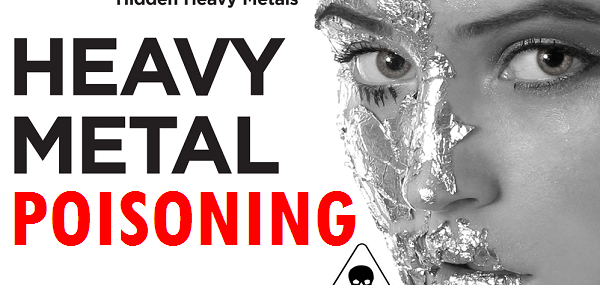Heavy metal poisoning Symptoms Causes Diagnosis and Treatment
What is heavy metal poisoning?
Heavy Metal Poisoning is a medical term used to describe a human poisoning caused by exposure to heavy metals such as mercury, lead, thallium, cadmium, zinc and arsenic.
What are the symptoms of heavy metals in the body?
Heavy metal particles accumulate in the liver, spleen, lungs, kidneys and gastrointestinal tract.
Symptoms of acute onset heavy metal poisoning include severe burning of the mouth and throat, abdominal pain, nausea, vomiting, diarrhea, hypotension (low blood pressure), muscle spasms, painful neuropathy, coma, autonomic instability, MODS, MFF
Late onset symptoms include hair loss or Alopecia, severe neurological symptoms, anemia, neurological degeneration, osteoporosis
What can cause heavy metal poisoning?
In most cases, Heavy metal poisoning occurs as a result of:
- Industrial exposure
- Air or water pollution
- Improperly coated food containers.
- Foods, ingestion of lead-based paints.
- Medicines
How to diagnose heavy metal poisoning?
What is a heavy metal blood test?
A heavy metals panel is a group of lab tests used to measure the quantity of specific metals in the blood plasma or urine and less commonly, in the hair or other body tissue or fluid.
What is a hair analysis test?
Hair analysis is a test in which a sample hair from the back of the neck is sent to a laboratory for measurement of its mineral content.
What is hair tissue mineral analysis?
The Hair Tissue Mineral Analysis (HTMA) is a screening test in which a sample hair is used to determine values for many minerals simultaneously.
What is a microscopic hair analysis?
Hair analysis is a group of lab tests used for retrospective purposes when blood and urine samples are no longer expected to contain metal contaminants. This test panel includes chemical analysis of a hair sample, microscopic analysis and post-therapeutics comparison, typically after three months.
How is heavy metal poisoning treated?
Detoxification
Dimercaprol or The British Anti-Lewisite (BAL, dimercaprol; 2,3-dimercaptopropanol) is a large molecule with sulfhydryl groups used to treat acute heavy metal poisoning, it is the first antidote to heavy metal poisoning and the basis for chelation therapy today. BAL acts by binding to metals to form stable covalent bonds that are then excreted from the body.
References
Verified by: Dr.Diab (November 1, 2017)
Citation: Dr.Diab. (November 1, 2017). Heavy metal poisoning Symptoms Causes Diagnosis and Treatment. Medcoi Journal of Medicine, 9(2). urn:medcoi:article17839.












There are no comments yet
Or use one of these social networks